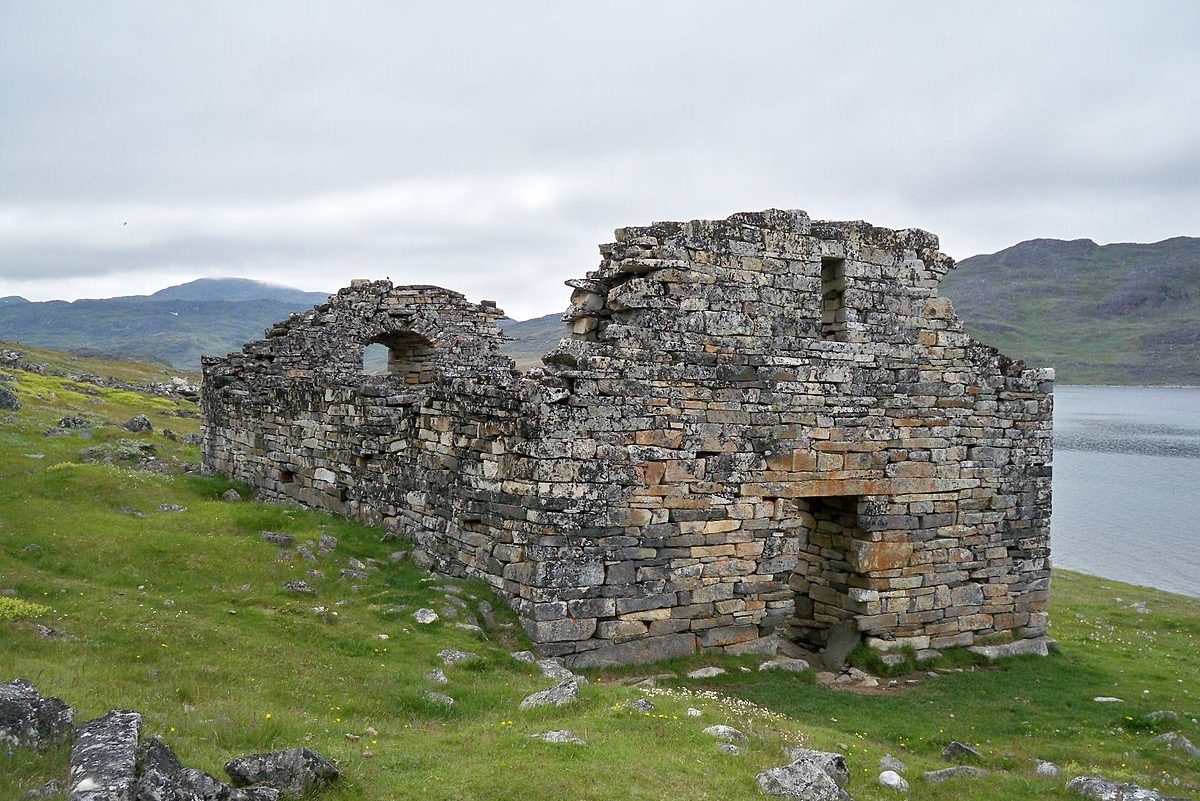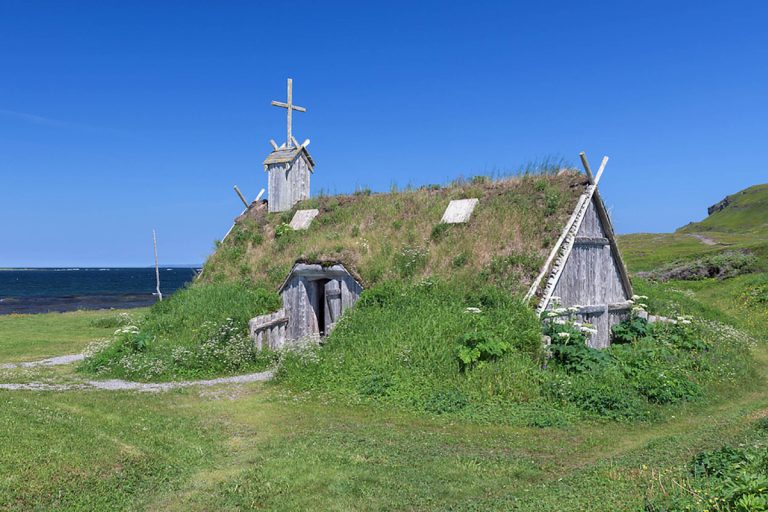An archaeology team near Point Rosee, Canada, found a treasure map after a two-mile trek across marshy, wooded terrain in June. The site was discovered by archaeologist Sarah Parcak while looking for evidence of Viking settlers using satellite photography.
It is the furthest southern and western documented iron-working complex in pre-Columbian North America. The location, temperature, soil, fishing, and natural resources, including chert, turf, and bog iron, made the area perfect for Viking colonization.
Although there isn’t enough evidence to definitively say that Vikings made the heart, scientists are cautiously optimistic. Over a thousand years ago, Point Rosee was a Viking fortress found by researchers in 1961.
The iron-working hearth was used to roast ore to remove impurities, and some of the contaminants and the remains of turf walls were discovered by remote sensing. Before they had enough information to ensure it was a Norse outpost, archaeologists carried out seven excavations.
Although archaeologists have sporadically discovered evidence of Viking explorers who ventured outside of their Greenland towns, the Viking sagas are the most significant source of knowledge regarding the Norse discovery of North America.
A new age of study may be possible in coastal Canada if Point Rosee is Norse.





+ There are no comments
Add yours